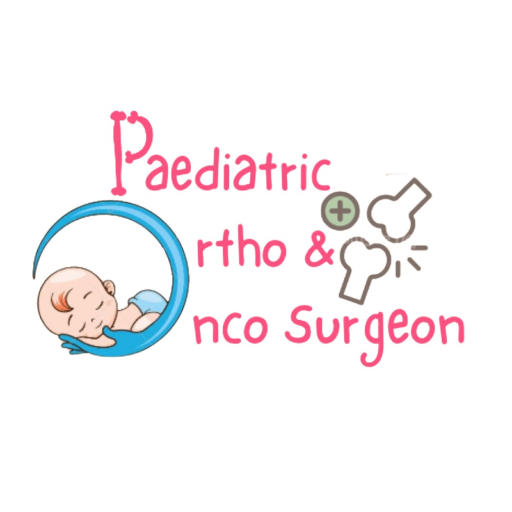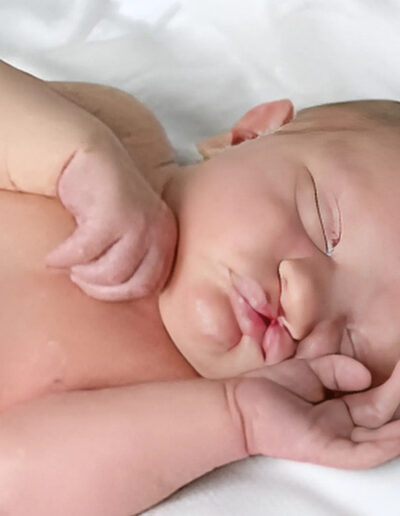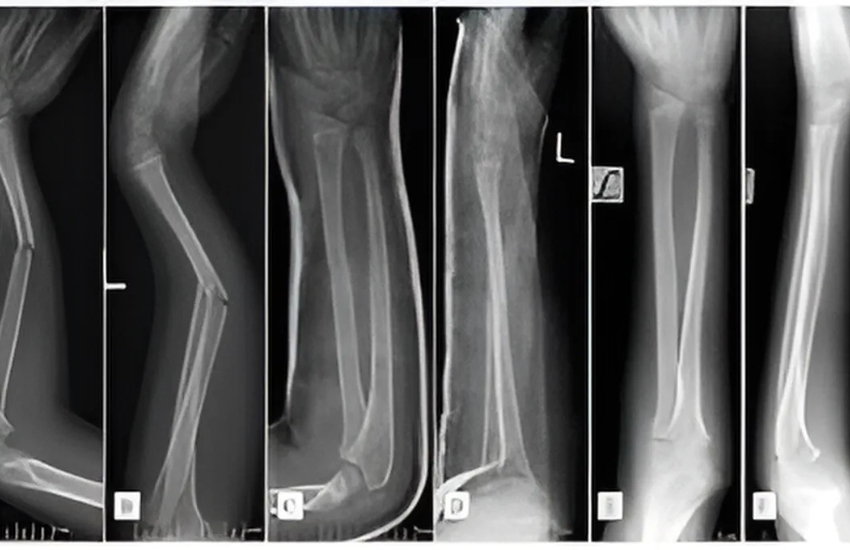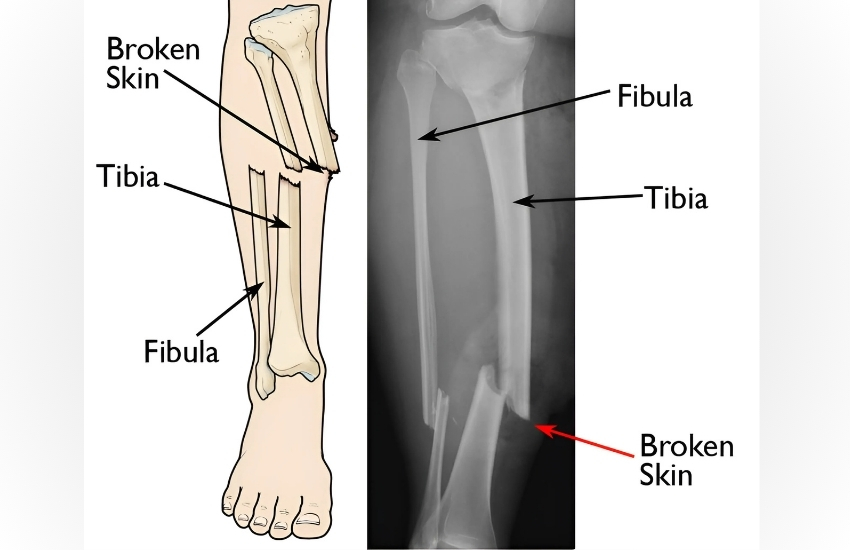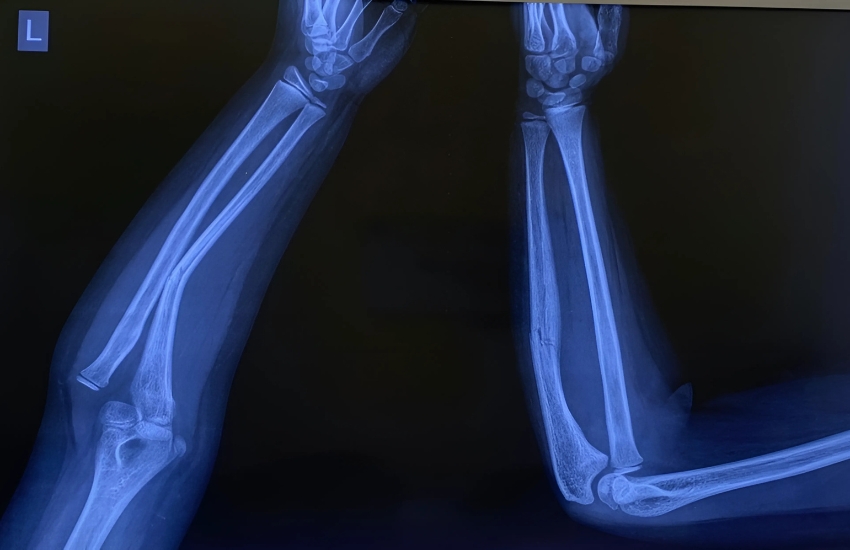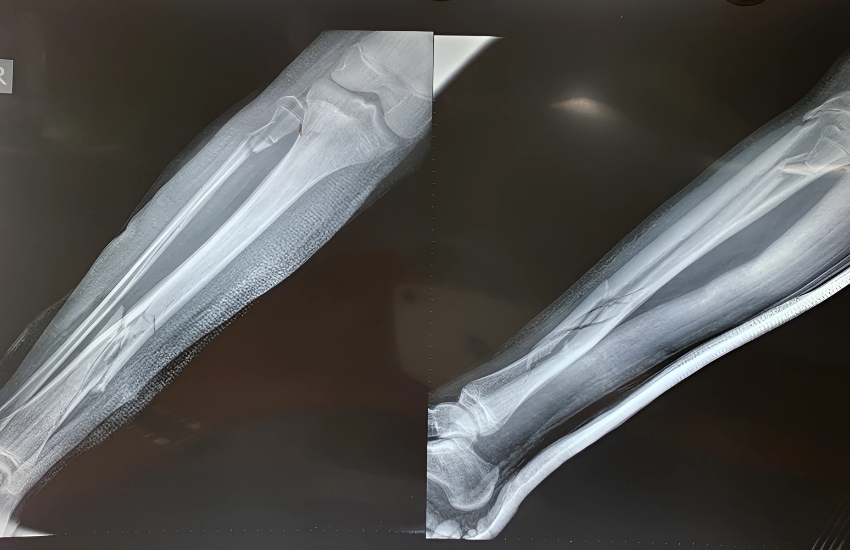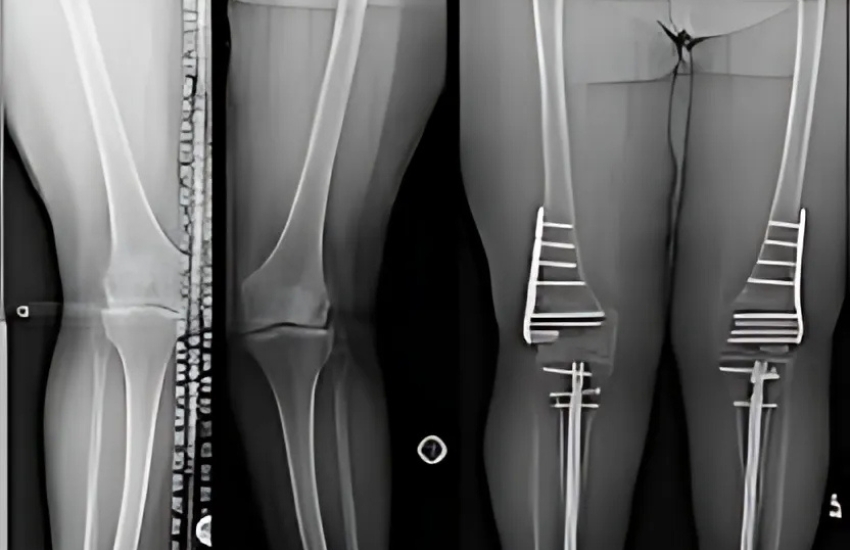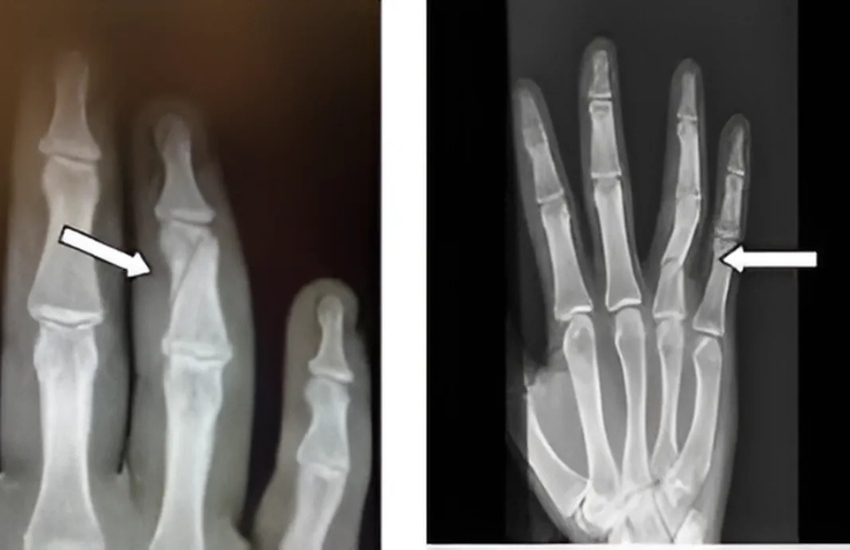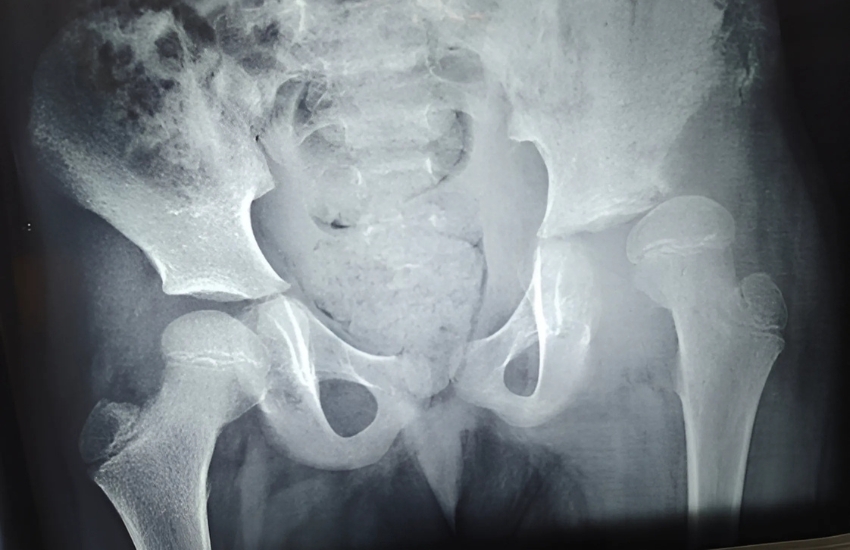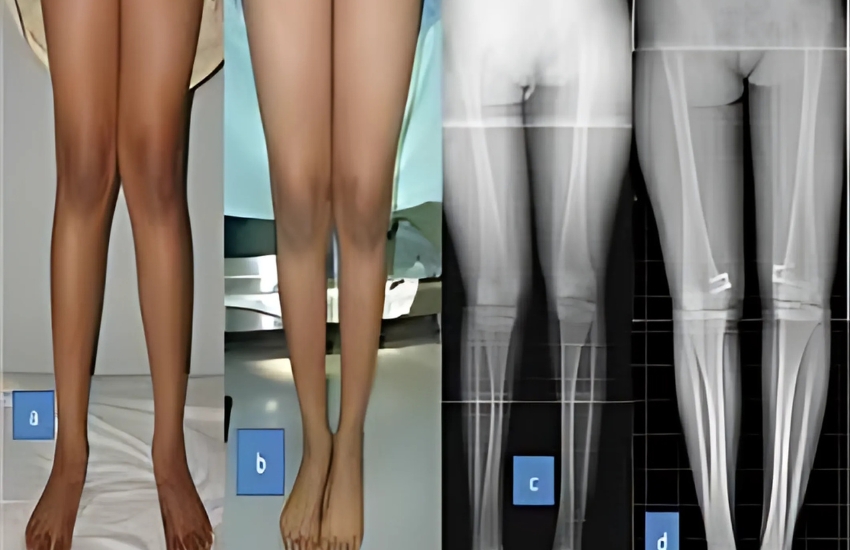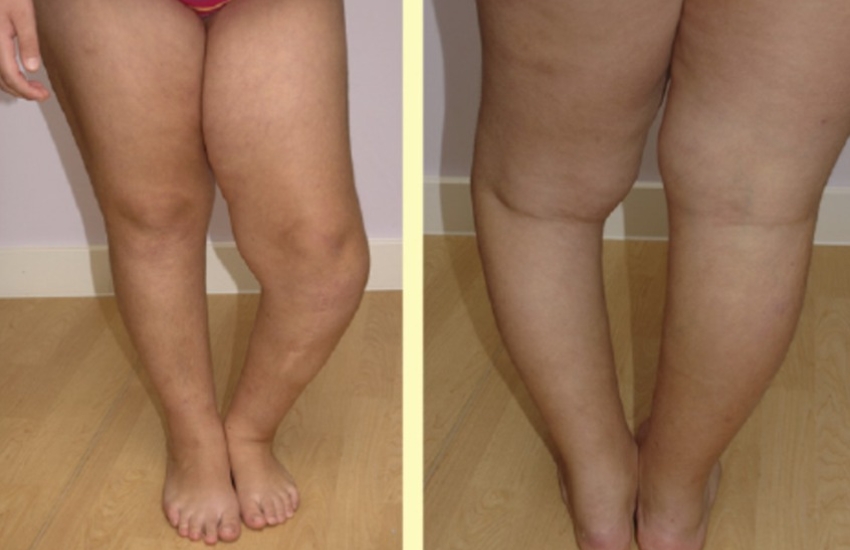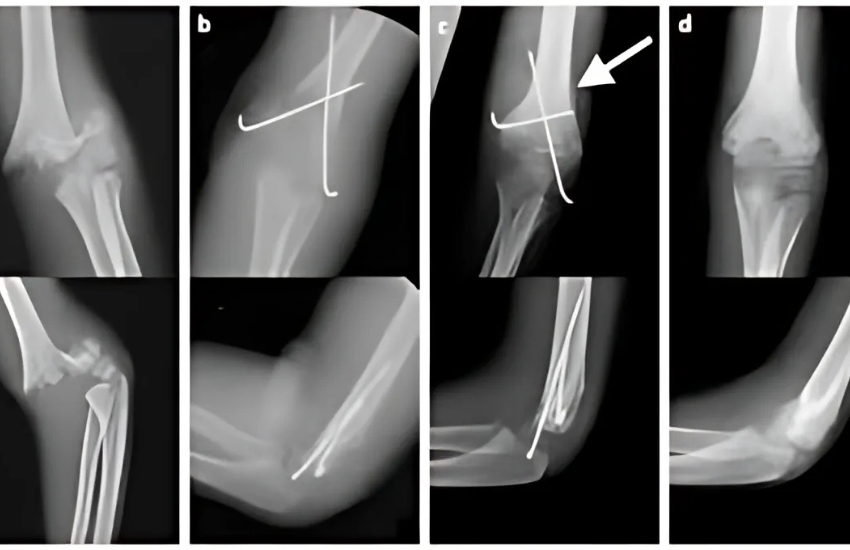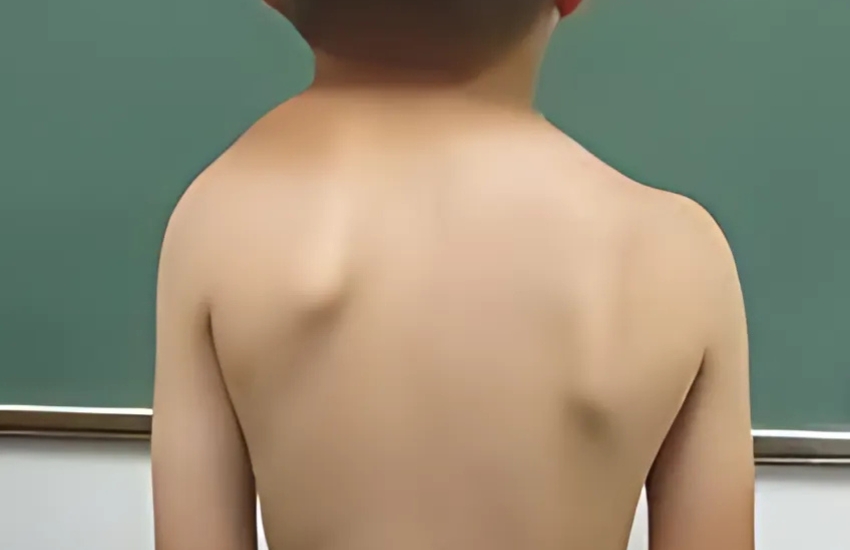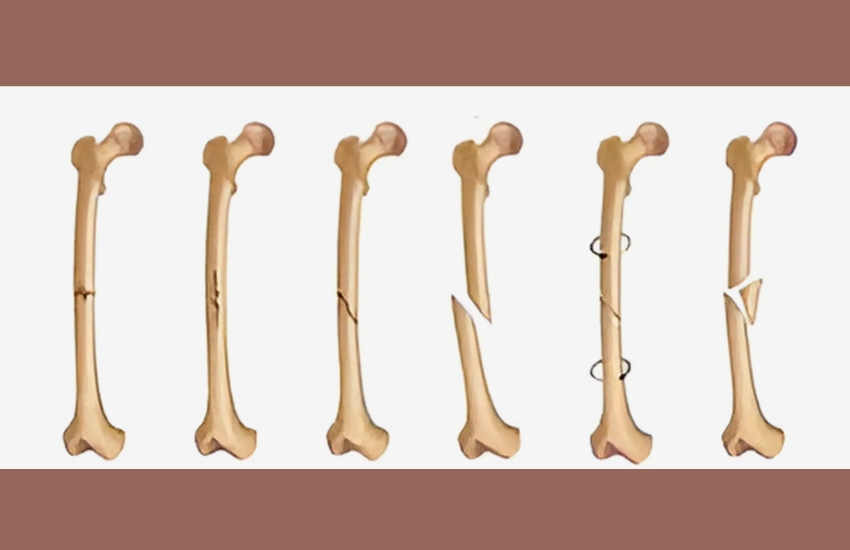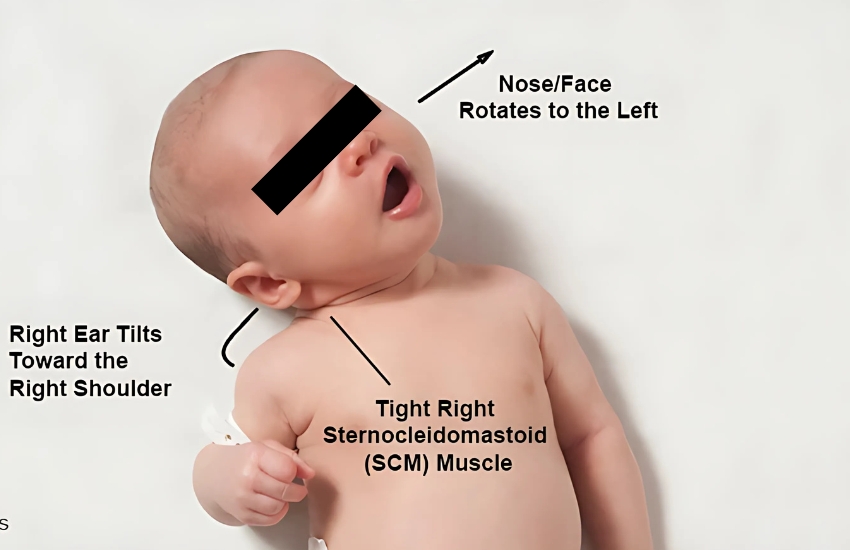Congenital Anomalies & Birth Defects
What are birth defects and congenital anomalies?
About 3 to 4 percent of babies are born with some type of birth defect. A birth defect is a health problem or a physical abnormality. It can be very mild or severe. Some birth defects are life-threatening, in which case a baby may only live for a few months. Birth defects are also referred to as “congenital anomalies” or “congenital abnormalities.”
The most common birth defects are:
- Fibular hemimelia
- Tibia hemimelia
- Arthrogryposis multiplex congenita (AMC)
- spina bifida
What causes birth defects?
Most birth defects are caused by genetic or environmental factors or a combination of the two (multifactorial birth defects). In most cases, however, the cause is unknown.
Genetic or inherited causes include:
- chromosomal defects – caused by too few or too many chromosomes, or problems in the structure of the chromosomes, such as Down syndrome and extra copy of chromosome 21 and sex chromosome abnormalities
- single gene defects – a mutation in one gene causes the defect
- dominant inheritance – when one parent (who may or may not have the disease) passes along a single faulty gene, such as achondroplasia and Marfan syndrome
- recessive inheritance – when both parents, who do not have the disease, pass along the gene for the disease to the child, such as cystic fibrosis and Tay Sachs
An environmental cause can include a drug, alcohol or a disease the mother has that can increase the chance for the baby to be born with a birth defect. An agent that can cause a birth defect is known as a teratogen.
Multifactorial birth defects are caused by a combination of genes and environmental exposures. In other words, a person can inherit a gene that increases sensitivity to an environmental trigger. Examples include Fibular hemimelia, tibial hemimelia, CFFD and neural tube defects.
How are birth defects diagnosed?
Some birth defects can be diagnosed before birth through ultrasound, amniocentesis or chronic villus sampling (CVS). Most women have blood tests to screen for their risk of having a baby with a specific birth defect, such as Down syndrome and spina bifida. While it does not usually lead to a cure for the baby’s birth defect, prenatal diagnosis can prepare the parents emotionally and help them prepare for a child with a birth defect.
In other cases a birth defect is diagnosed after birth through physical examination or a blood test that screens for several disorders in newborns.
What are the treatment options for birth defects?
Gene therapy
Gene therapy replaces a gene that is either missing or defective. Severe combined immunodeficiency diseases (SCID) are a group of very rare diseases for which gene therapy has been used.
Enzyme replacement therapy
Enzymes are proteins for which genes code. So when a gene is mutated and does not produce the gene product, an enzyme is missing or defective. One way to treat this type of genetic defect is to replace the enzyme that the gene is not producing. An example of a condition for which enzyme replacement therapy has been developed is Gaucher disease.
Surgery limb reconstruction surgery to correct limb deficiency, shortening and joint reconstruction
Surgical treatment
Limb reconstruction surgery to correct limb deficiency, limb shortening ,Deformity joint reconstruction for good functional and cosmetic outcome
